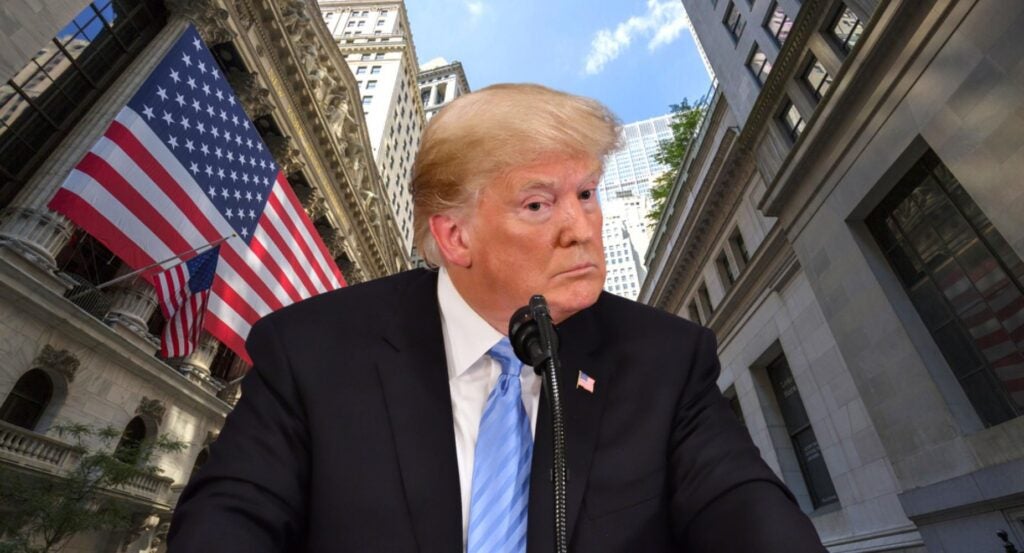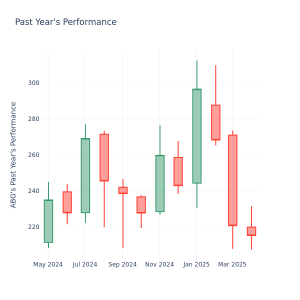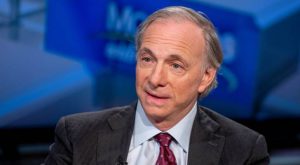
A sweeping new wave of tariffs unveiled by President Donald Trump on Wednesday triggered a sharp selloff during the after hours of trading as the scope and scale of the trade duties exceeded Wall Street’s worst-case expectations.
The president framed the move as a long-overdue correction to decades of trade imbalance, instituting what he called a “reciprocal tariff rate,” set at 50% of what trading partners charge the United States, but also factoring in non-tariff barriers like currency manipulation, value-added taxes and outright import bans.
While Trump had telegraphed his intention to “rebalance” U.S. trade policy, the specific duty levels, some of which reached into the mid-30% range with key trading partners, jolted investors.
Under the new framework, China, which Trump said imposes tariffs as high as 67% on American goods, will now face reciprocal U.S. duties of approximately 37%. The European Union, which applies a 39% combined rate including VATs, will be subject to a 20% U.S. tariff. Japan, with an estimated 46% trade barrier, now faces a 24% duty on exports to the U.S.
Canada and Mexico, two major trading partners, were notably excluded from the tariff program — a move that suggests Trump may be preserving the U.S.-Mexico-Canada Agreement, at least for now.
The White House confirmed that new trade tariffs will take effect on April 9.
Tariffs Spark After-Hours Chaos: Index Futures Dive
The market’s reaction was swift and brutal. By 5:10 p.m. ET, futures on the S&P 500 dropped 2.5%, while Nasdaq 100 futures fell 3.3%. Dow Jones Industrial Average contracts lost 1.4% and the Russell 2000 futures collapsed by 4.7%.
Losses were broad-based. Every major sector of the S&P 500 was in the red, with Consumer Discretionary Select Sector SPDR Fund XLY and Technology Select Sector SPDR Fund XLK down about 3%.
As risk appetite evaporated, gold prices climbed. Futures on the yellow metal gained 1.1%, extending their year-to-date advance as investors sought shelter from escalating geopolitical and trade tensions.
Tech Megacaps Bear the Brunt
The Magnificent Seven stocks, the market’s dominant tech names, are on track to lose a combined $685 billion.
Apple Inc. AAPL was the biggest laggard, down 6.6% and projected to erase $221.7 billion in market value.
Nvidia Corp. NVDA lost 4.7%, a drop equivalent to $127.2 billion. Amazon.com Inc. AMZN fell 5.1%, and Tesla Inc. TSLA slid nearly 6%, as traders repositioned for a potentially more inflationary and protectionist economic environment.
Here’s the breakdown of projected market cap losses with the tech elite group:
| Name | Market Cap ($B) | Post-Mkt % Chg | Projected Loss ($B) |
|---|---|---|---|
| Apple Inc. | 3364.8 | -6.59% | -221.7 |
| Microsoft Corporation MSFT | 2842.7 | -1.99% | -56.6 |
| NVIDIA Corporation | 2694.6 | -4.72% | -127.2 |
| Amazon.com, Inc. | 2079.0 | -5.06% | -105.2 |
| Alphabet Inc. GOOGL | 1923.7 | -3.09% | -59.4 |
| Meta Platforms, Inc. META | 1480.5 | -4.16% | -61.6 |
| Tesla, Inc. | 910.7 | -5.86% | -53.4 |
| Total | — | — | -685.1 |
According to Benzinga Pro data, the steepest decliners in the aftermarket session included:
| Name | Chg % |
|---|---|
| RH RH | -24.41% |
| Penske Automotive Group, Inc. PAG | -22.47% |
| Lululemon Athletica Inc. LULU | -12.51% |
| Hess Corporation HES | -11.61% |
| The Gap, Inc. GPS | -11.60% |
| lululemon athletica inc. LULU | -10.82% |
| Five Below, Inc. FIVE | -10.38% |
Major gainers were:
| Name | Chg % |
|---|---|
| Dillard’s, Inc. DDS | +4.36% |
| Certara, Inc. CERT | +4.16% |
| Federal Realty Investment Trust FRT | +3.78% |
| Reinsurance Group of America, Inc. RGA | +2.79% |
| Ferguson Enterprises Inc. FERG | +2.57% |
| Church & Dwight Co., Inc. CHD | +2.48% |
| L3Harris Technologies, Inc. LHX | +2.33% |
Read Next:
Image created using photos from Shutterstock.
Momentum83.94
Growth44.96
Quality85.46
Value7.18
Market News and Data brought to you by Benzinga APIs
© 2025 Benzinga.com. Benzinga does not provide investment advice. All rights reserved.


